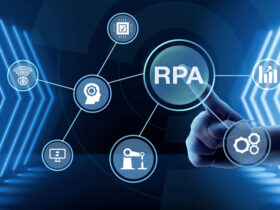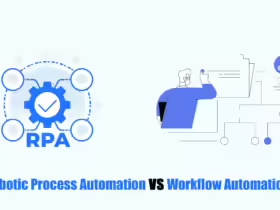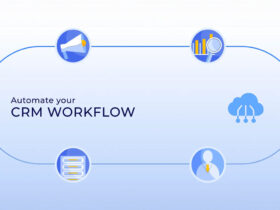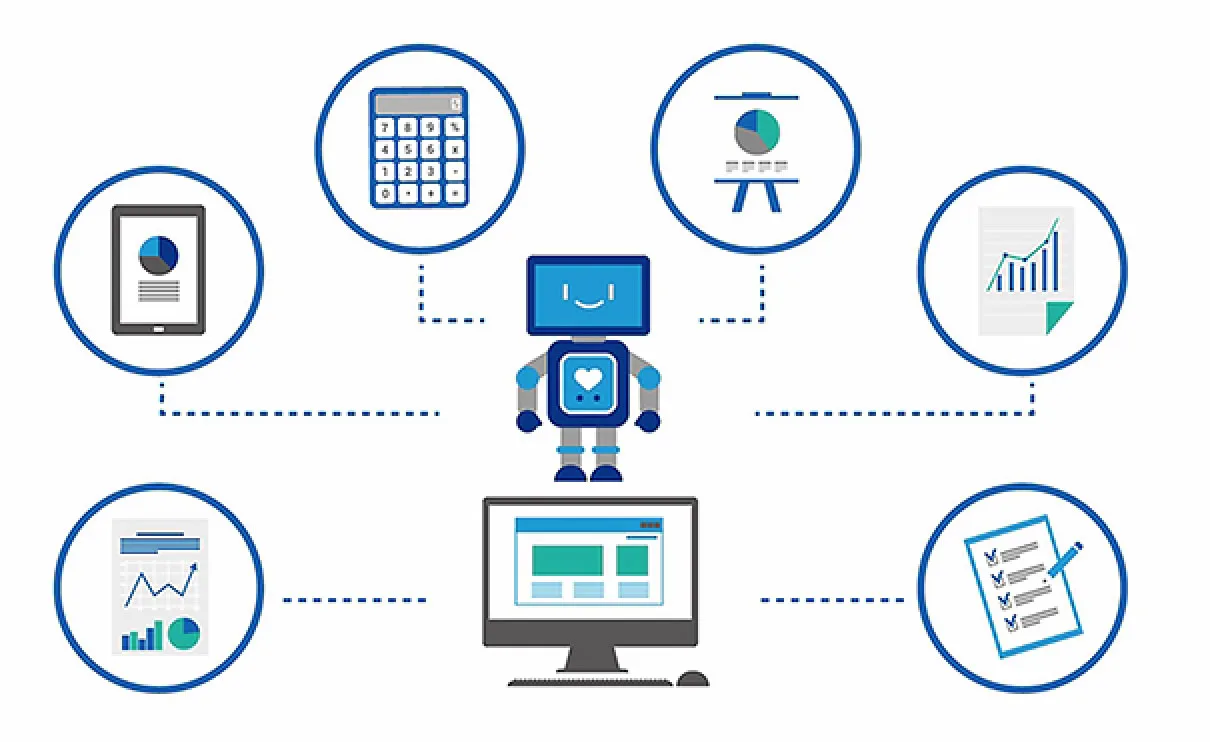Want to know “how data analytics can improve employee performance measurement?”, then this article is for you.
If you want your company to achieve its goals and succeed, you need to find solutions to improve your employees’ performance. To do this, businesses need a good, calibrated system to measure their performance levels.
When old ways of measuring performance are no longer relevant, using data analytics can help you overcome the shortcomings of those old methods.
Keep reading to learn more!
What is Data Analytics?
Data analysis involves collecting and examining raw data from various relevant sources to find useful and valuable information. Business and data analytics professionals will often use a variety of tools and methods to organize, transform, and visualize this data. From there, they can more easily detect trends and achieve business goals.

What is Employee Performance Management?
Employee performance management is an ongoing process that helps everyone in the company do their jobs well and effectively, thereby ensuring the company can achieve its goals.
This process includes several steps:
- Clearly define goals and how to measure success (KPI).
- Regularly communicate and interact with employees, ensuring everyone understands what the business expects and provides regular feedback.
- Monitor employee performance to promptly make adjustments.
- Provide quality training and coaching to help employees develop their skills, thereby improving performance.
- Recognize and reward individuals and teams for excellent work to boost motivation, engagement, and prevent employee turnover.

Main Factors of Employee Performance Measurement
To measure employee performance, businesses need to consider many different factors, such as work quality, communication skill, teamwork ability, problem-solving ability, and so on.
However, here are three key factors for accurate performance measurement:
- Meeting goals: How well employees achieve their individual targets.
- Productivity: How much work employees, teams, or departments complete in a set time.
- Adaptability: How well teams and employees adjust to changes and challenges.
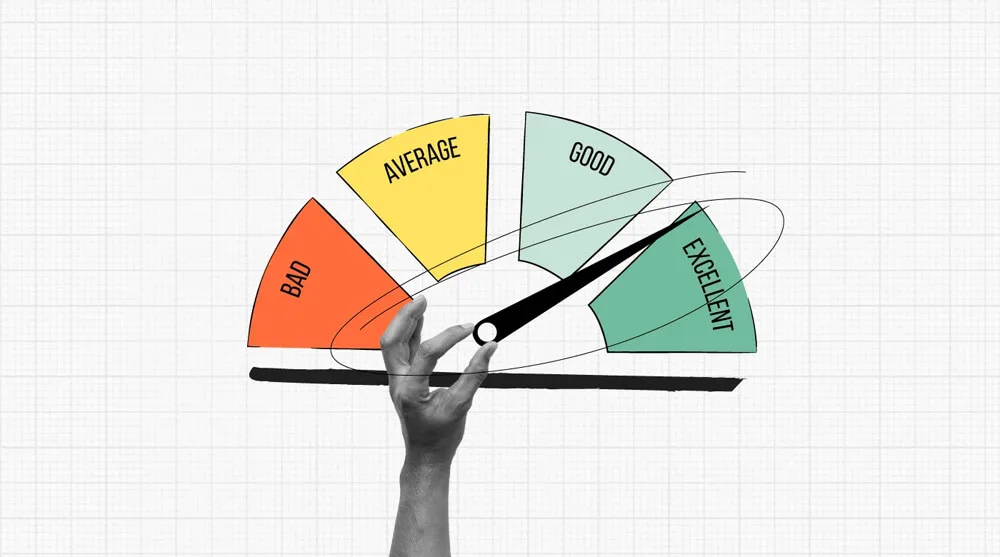
How Can Data Analytics Improve the Measurement of Employee Performance?
Here are some ways data analytics can improve how we measure employee performance:
- Identify KPIs to measure: Data helps you find the most important metrics for each role, thereby providing more appropriate performance assessments.
- See patterns and trends in performance: You can discover trends in how productive people are, how they behave at work, and how well they achieve their goals. This helps you proactively implement timely and appropriate policies to improve performance.
- Create a personalized development plan: Based on each employee’s strengths, weaknesses, and skill level, you can create a development plan tailored to their needs and abilities.
- Make better decisions, faster: Using data to manage people and evaluate performance will help you make faster and more accurate decisions. From there, contributing to creating a better working environment.
- Identify employee skill gaps: Data analysis can help businesses identify skill gaps among employees. From there, you can build additional teams or provide tailored training to close the gap in qualifications.
- Fair performance reviews: Data-driven reports provide clear metrics and information from productivity, goal completion rates, customer feedback. Therefore, managers can make objective and accurate assessments, rather than subjective assessments, based on personal opinions and emotions.
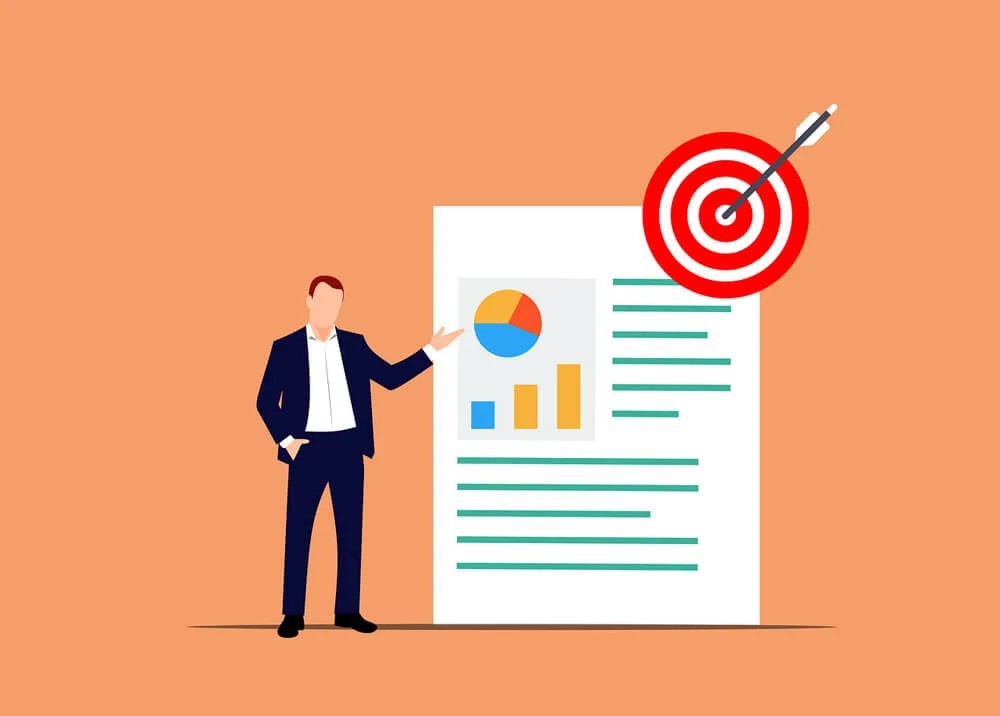
How to Use Data Analytics in Employee Performance Measurement
Here’s how to use data to improve employee performance:
Step 1: Set clear goals
First, businesses need to determine business goals, followed by setting performance goals and specific results that need to be achieved to complete business goals. To achieve this, companies will often identify KPIs and factors to measure employee performance.

Step 2: Collect data
Next, you need to find information that helps you understand your employee’s performance. This information can come from HR tools, employee surveys, customer relationship management (CRM) systems, customer feedback, and more.

Step 3: Combine data
Once you’ve found all the data you need, you need to gather it all in one place. You can use special data integration software or build your own system.
Step 4: Analyze data
For this step, data analysts will use appropriate data analysis techniques for each type of data they collect from various sources to process and interpret that raw data.
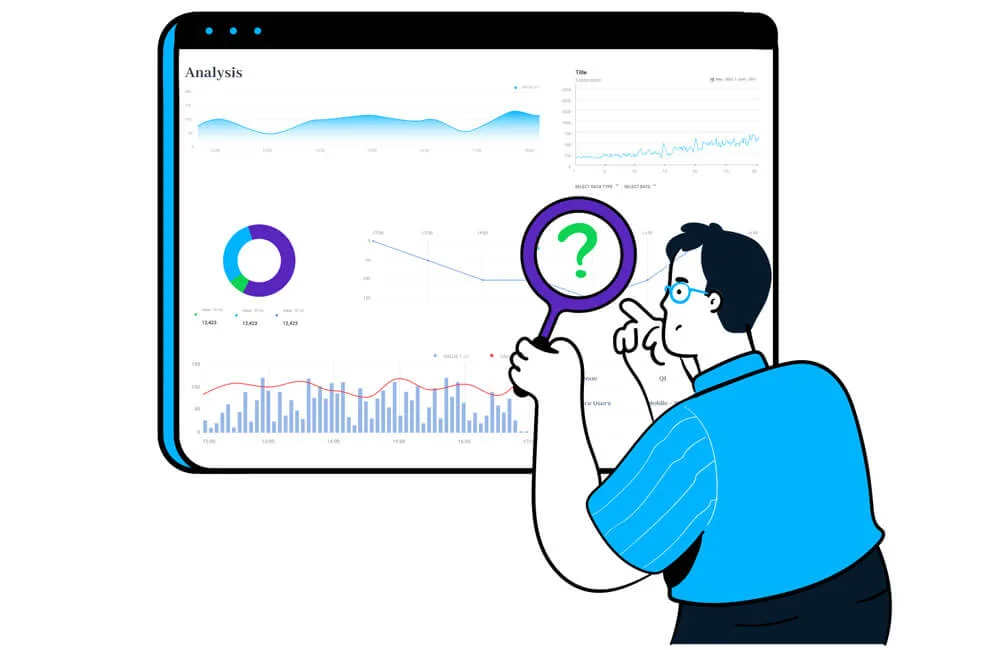
Step 5: Share what you find
Once you have your valuable results and conclusions, you next need to present them effectively and intuitively. To make it readable and understandable to stakeholders, you can use charts, dashboards, illustrations, graphics, and more.
Step 6: Take action
Finally, use what you’ve learned from the data to improve employee performance. You can use data to provide feedback, training, or other opportunities to the right employees based on their past performance and potential.
Tips for Employee Performance Measurement
To use data analytics to measure employee performance most effectively, you should follow the following methods:
- Align performance metrics with company business goals: You must ensure that the performance KPIs you set for employees are aligned with business goals. Additionally, you must set specific goals for each department or group within the company.
- Use both qualitative and quantitative KPIs: Using qualitative and quantitative KPIs will definitely give you a full perspective on employee performance. Note that it is necessary to consider and adjust objective indicators that can be easily measured with subjective indicators.
- Regularly update performance metrics: You must always monitor and update employee performance KPIs to maintain and adjust them in accordance with organizational changes or developments.
- Invest in data analysis: To use data analysis most effectively, businesses need to invest in necessary equipment, as well as analytical tools, and find financial data analysts. good, and train employees to know how to use and understand them deeply.
- Continuous testing and improvement: You need to constantly monitor HR performance and how it’s measured, and create a system for gathering feedback. This feedback helps companies improve their overall HR performance measurement process.
Conclusion
Using data analytics can significantly improve how businesses measure employee performance. This enables companies to make smarter staffing decisions, increase overall productivity, and gain an edge in today’s competitive marketplace.
After answering this question “how can data analytics improve the measurement of employee performance”? Consider using data analytics to help your company unlock the full potential of your workforce and build a sustainable and successful workplace.


